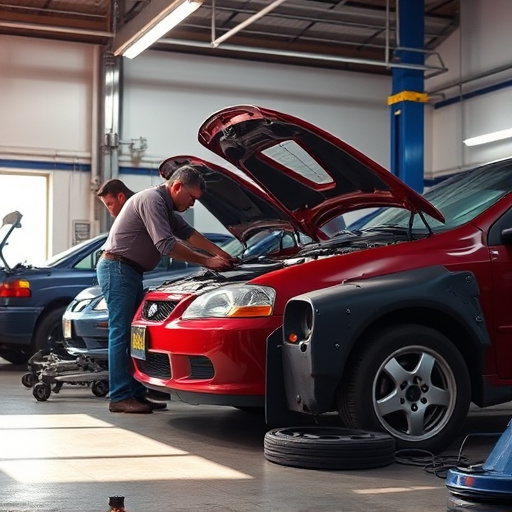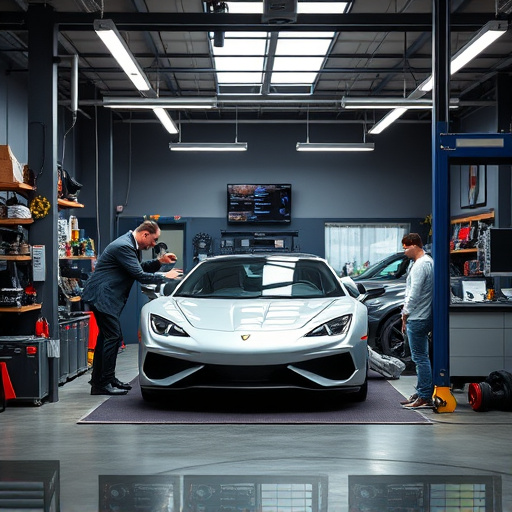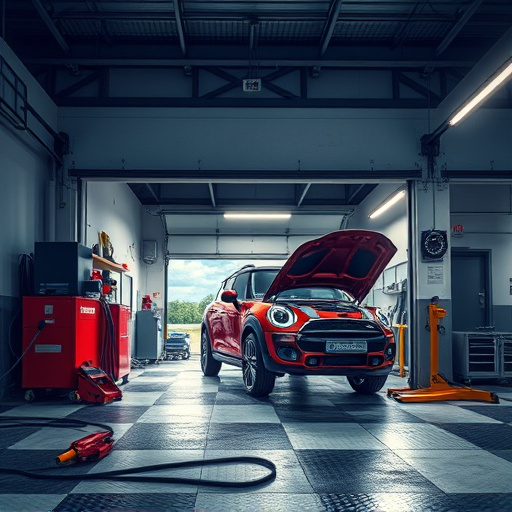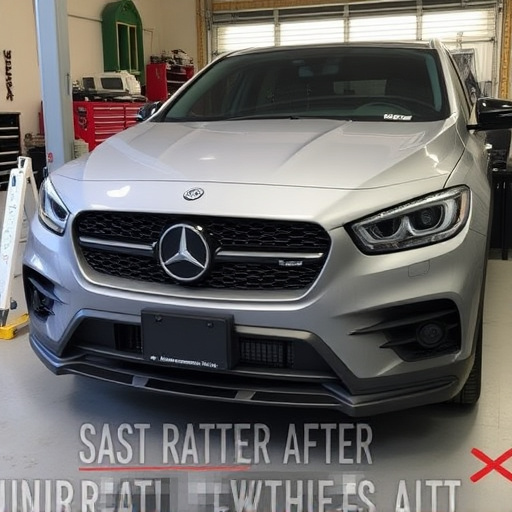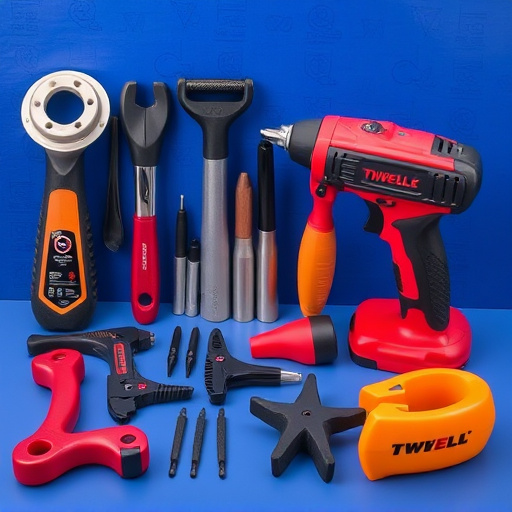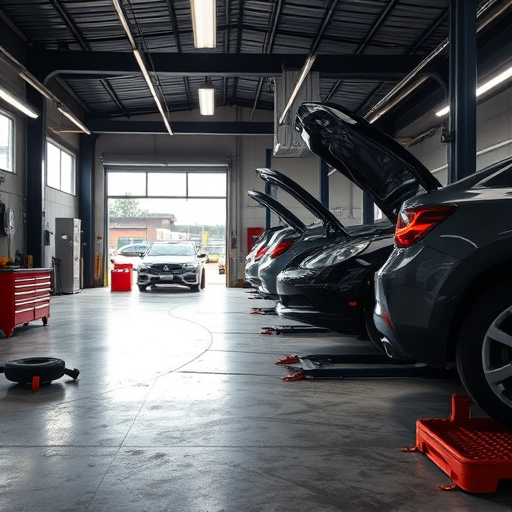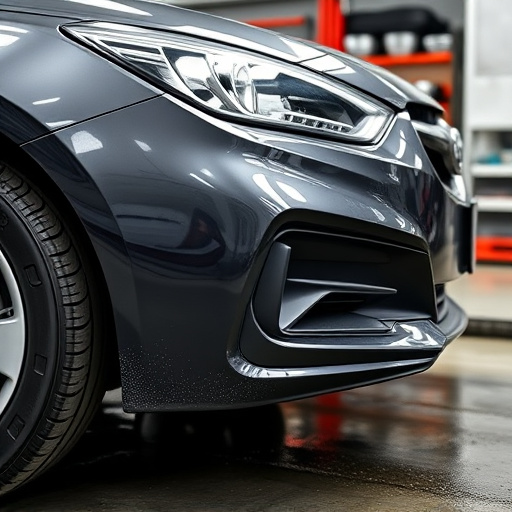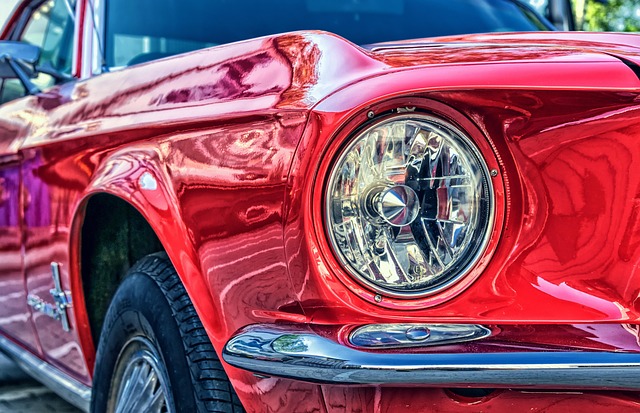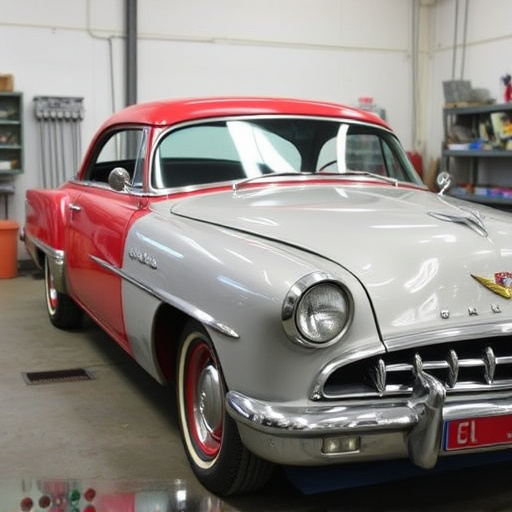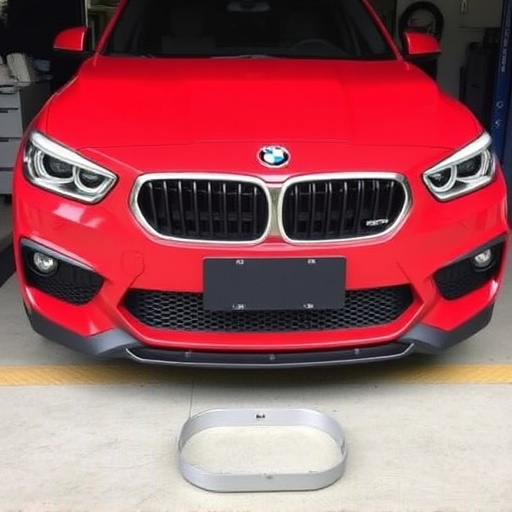A vehicle frame inspection is a vital step for maintaining and assessing a car's structural integrity, especially after accidents or routine maintenance. Professionals examine key components like chassis, suspension, and safety structures for damage, misalignment, or deformation that could affect stability and safety. This inspection identifies subtle issues missed otherwise, highlighting the need for specialized tools and techniques. Common post-inspection needs include frame straightening, ranging from minor misalignments to significant structural damage, which auto repair services address using advanced diagnostic tools and meticulous techniques to ensure safe handling, optimal performance, and enhanced vehicle aesthetics.
After a thorough vehicle frame inspection, it’s crucial to understand the subsequent needs for frame straightening. This process ensures your car’s structural integrity and safety. This article guides you through the essential steps post-inspection, uncovering common issues like misalignments, damage, or deformation. We’ll explore effective strategies to address these needs, ensuring your vehicle returns to its optimal condition. Learn how to navigate the vehicle frame inspection process and its impact on your car’s long-term health.
- Understanding Vehicle Frame Inspection: What to Expect and Why It Matters
- Uncovering Common Frame Straightening Needs Post-Inspection
- Effective Strategies for Addressing Frame Straightening After Vehicle Frame Inspection
Understanding Vehicle Frame Inspection: What to Expect and Why It Matters
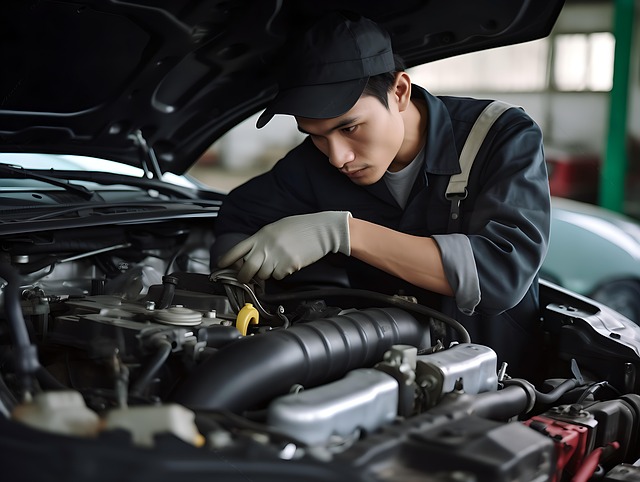
A vehicle frame inspection is a critical step in assessing the structural integrity of a car after an accident or for routine maintenance. This process involves a thorough examination of the vehicle’s frame, including its components like the chassis, suspension systems, and safety structures. During this inspection, professionals look for any signs of damage, misalignment, or deformation that could compromise the overall stability and safety of the vehicle.
Understanding the importance of a frame inspection is crucial for several reasons. First, it helps identify potential issues that might not be immediately visible to the untrained eye. Many modern vehicles have intricate designs, and even slight misalignments can impact handling and safety performance. Automotive collision repair experts use specialized tools and techniques to measure and compare various parts, ensuring they are in optimal alignment. This is a vital step in vehicle restoration, as it enables mechanics to make informed decisions about repairs, adjustments, or replacements, thereby enhancing the overall quality of service provided by a vehicle body shop.
Uncovering Common Frame Straightening Needs Post-Inspection

After a thorough vehicle frame inspection, several common straightening needs often emerge. These issues can range from minor misalignments to significant structural damage that requires professional attention. Many vehicles, especially those involved in accidents or subjected to rough handling, may exhibit warped frames, bent axes, and displaced components. Such problems are not always immediately apparent, but they can compromise the vehicle’s safety, handling, and overall performance.
Identifying these needs is crucial for ensuring a safe and reliable ride. Auto repair services specializing in car body restoration offer advanced techniques to accurately diagnose and rectify frame straightening issues. The process often involves specialized equipment, such as hydraulic lifts and computer-aided measurement systems, to ensure precise adjustments and alignments. An automotive body shop with experienced technicians can effectively address these needs, restoring the vehicle’s structural integrity and preparing it for further repairs or resale.
Effective Strategies for Addressing Frame Straightening After Vehicle Frame Inspection

After a thorough vehicle frame inspection, identifying and implementing effective strategies for frame straightening is paramount. The initial step involves assessing the extent of damage or distortion using advanced diagnostic tools. This process helps in pinpointing areas requiring attention, be it minor adjustments or comprehensive auto body restoration.
For accurate results, consider engaging specialized technicians offering top-notch vehicle repair services. They possess the expertise to handle complex cases, ensuring precise alignment and structural integrity. Through meticulous techniques, from manual adjustments to advanced technology, these professionals can bring your vehicle back to its original state. This not only enhances safety but also preserves the overall aesthetics of the vehicle, making it a key aspect of any successful vehicle restoration process.
After a thorough vehicle frame inspection, it’s crucial to address any straightening needs to ensure optimal safety and structural integrity. Understanding these common requirements and implementing effective strategies is key to maintaining your vehicle’s value and performance. By prioritizing post-inspection care, you can navigate the process efficiently, ensuring your vehicle returns to its original state or even improves upon it. Remember, a well-maintained frame is the foundation for a safe and reliable ride.
